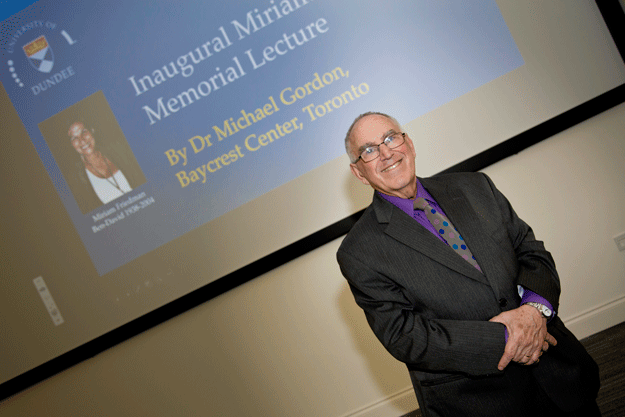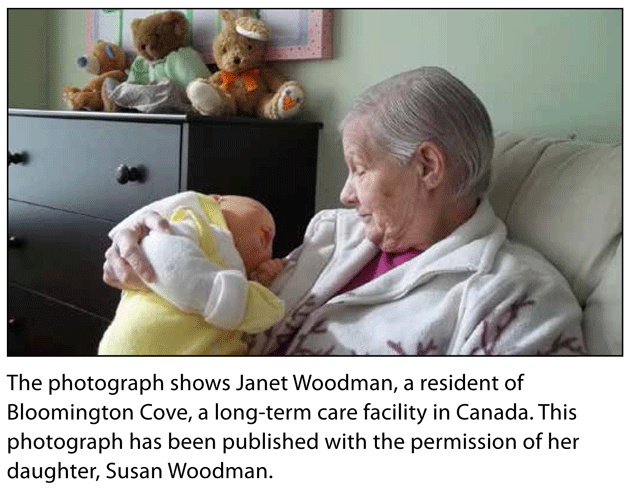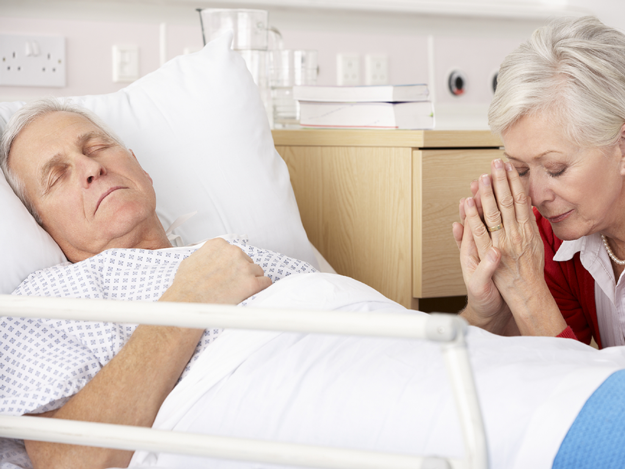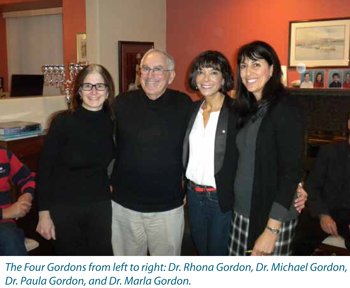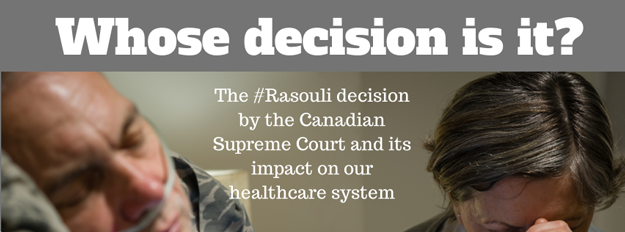Why a Section on Ethics?
At the time of my medical training, the term medical ethics was hardly used when discussing complex issues related to patients and families. For most of us in practice in the 1960's when I attended and completed medical school, the main source and inspiration for medical ethics was Hippocrates, and from that legacy we focused on the concept of ""First do no harm" (Latin: Primum non nocere)"; which in fact Is not per se a quote from the oath, but the essence of the concept contained within it. If you think of it, the implications of that ethical dictum did not really help direct physicians: as medical care became more complex the avoidance of harm unless within a framework of "on balance" with proposed or possible "benefit" might have undermined most of the substantial progress of medical care—contemporary care has substantially changed the nature of care, but often at the cost of potential adverse outcomes in order to achieve remarkable goals.
In the late 1970's in North America, emanating from scholars from Georgetown University in Washington D.C., the first edition of the Principles of Medical Ethics, edited by Beauchamp and Childress came into being. This book and the thesis within it had a profound impact for the future of medical ethics especially in North America where the concepts contained in the book were eventually adopted and integrated into contemporary medical practice. It became gradually integrated into the complexities of clinical and health care policy decision-making. The main impact on the ethical framework for patients, families and physicians was the introduction of the ethical principle of autonomy as a primary powerful principle that in many ways displaced for primacy, beneficence (the duty to do good) as a dominant if not over-riding ethical principle.
With the integration of autonomy as a critical if not dominant ethical principle, the nature of medical decision-making and balance of how complex decisions are made and what the deliberations consist of, has changed remarkably. The ability as supported beyond ethics, but also in legal jurisprudence, now requires all of us in practice to communicate with our patients and/or their legal substitute decision-makers the nature of our clinical decisions. The most important revolutionary change that followed the introduction of the concept of autonomy was the accepted ability and right of patients and/or their substitute decision-makers to refuse, withdraw or request that even potentially life-saving or life-maintaining treatments be withheld. This is in sharp contrast to the culture under which I was educated, where a physician's opinion and recommendation was almost a "holy writ" and medical orders could be made without any discussions whatsoever with patients and families. I can recall as a medical student, working as a junior house officer (intern) making monumental medical decisions, usually with the support of a medical resident (registrar as they were referred to in Scotland where I trained) without actually speaking to the patient or family—it was just the domain of the physician.
The concept of autonomy and the introduction of the balanced ethical considerations of this principle with the three cardinal others; beneficence, non-maleficence and justice now form the contemporary ethical framework in which most of us work. There are other ethical considerations that come into discussions of medical decision-making and medical policy—but for most physicians and other health care providers, the four ethical principles espoused in that first edition of Principles of Medical Ethics appear to dominate contemporary approaches to medical ethics in clinical practice.
With that in mind it was decided by the editors of Health Plexus to introduce a section on medical ethics, with a primary, but not exclusive focus on the elderly, and those with multiple co-morbidities and cognitive impairment. Readers are invited to submit concise case histories reflecting challenges that they have faced in the arena of medical ethics and where possible some discussion of how the clinical situation was handled, its ultimate resolution if there was one and the impact of the clinical scenario and ethical challenges on all the clinical staff and the patient and family involved. These cases do not have to be the monumental ones that often make it into the court system or the media, but rather the everyday cases that we all deal with on an almost daily basis and usually resolve with good will and good communication and sensitivity to the issues involved.
I invite you to read the first contribution to this section Discussions with your Doctor about your Future Wishes on the following page.

